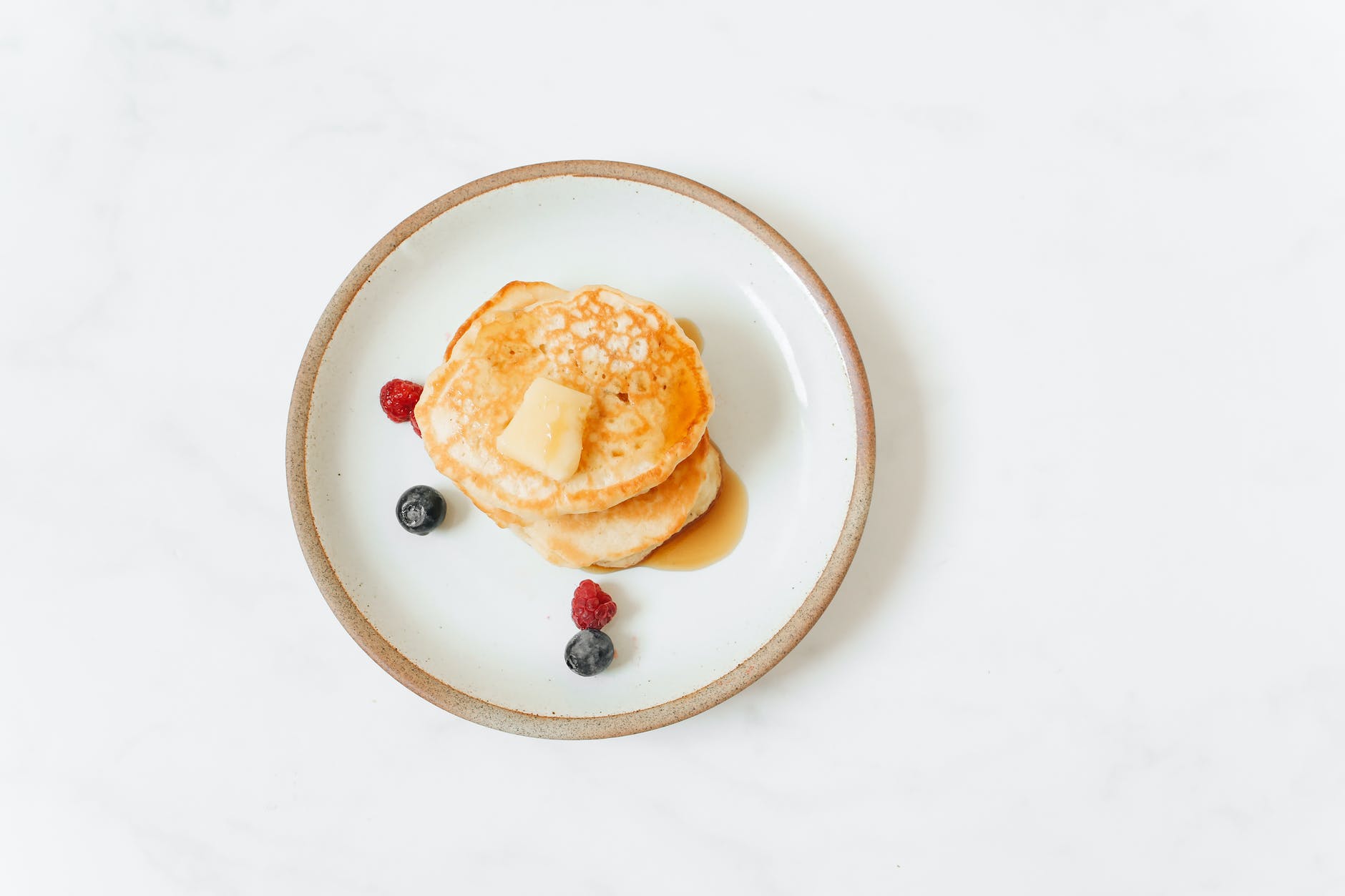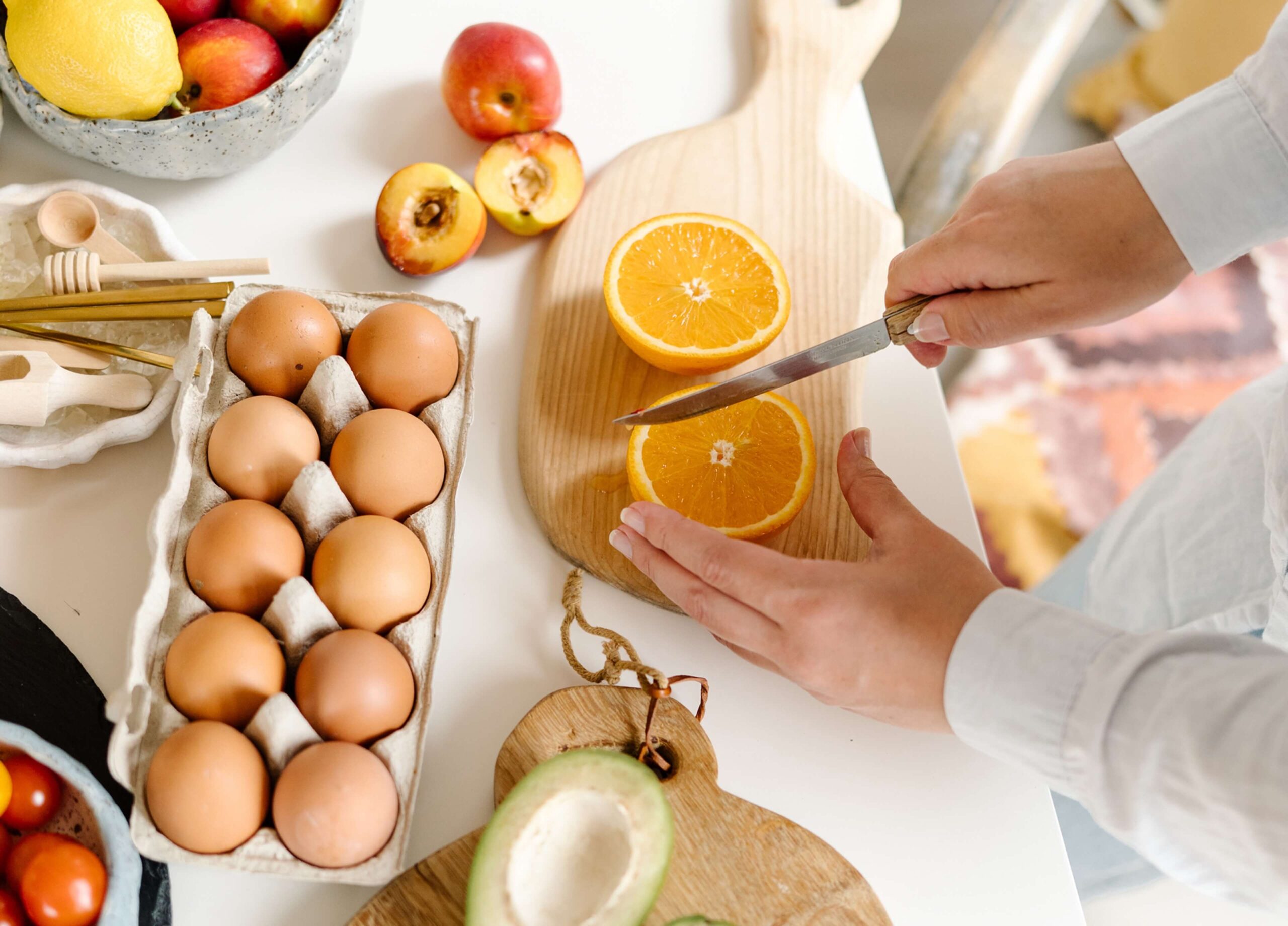Common dietary wisdom advises us to read the labels on food products before we buy them so that we know what we are really eating. However, product labels can be dazzling, mysterious, and misleading. A better rule of thumb might be to avoid packaged foods altogether: preparing most of what we eat from scratch would help to cut through a lot of trans-fat/carbohydrate/cholesterol/sodium red tape. But can we really do without our favorite ready-made foods?
Packaged Foods
Packaged foods generally start with inexpensive basic ingredients that are processed in some way to make them:
- Appealing to the palate
- Convenient
- Unlikely to spoil anytime soon
The price to be paid for this miracle is twofold: 1) the finished product is now much more expensive than the original ingredients; and 2) much of the nutrition has disappeared in the process. It’s up to us to decide if the former three points are worth the latter two.
As an example, consider store-bought “fruit leather,” a staple in many children’s lunch boxes. It’s made of various mashed, strained, and cooked fruit that has been spread into a lovely flat sheet, dried, and conveniently wrapped into single servings. A few brands have added sweeteners, but all have enough concentrated fruit sugars to create a serious cavity risk. Nonetheless, one can fit an entire week’s worth of “fruit” into a small crevice in the kitchen cabinet. So great is its convenience that parents often stash a few packages in their glove boxes for their kids’ “emergencies” – and if they find themselves wolfing down a couple of forgotten packages a few months later when they didn’t have time for lunch, so much the better! The awkwardness of a round, perishable apple just cannot compare.
Homemade
Nonetheless, we may take some common food products so for granted that we forget to question how much more convenient than homemade they really are. Take, for example, pancakes. Most folks have only made them with the ubiquitous boxed mix. But once you’ve added the egg and milk that most mixes call for, you could have just as easily made them from scratch for a fraction of the cost, and with a great deal more nutrition.

Now, before you waste time looking for that dusty old Better Homes and Gardens Cookbook, here is the basic recipe for pancakes:
- 2 cups flour,
- 2 cups milk
- 1-2 eggs
- ½ teaspoon baking soda
That’s it! Put it all in the blender if you don’t have a whisk, and use a hot, buttered skillet to cook them up. Use more flour if you like thicker, more cake-y pancakes, and more milk if you prefer them crepe-style. Add honey and vanilla extract to make them sweet, green onions and diced pancetta to make them savory, and whatever else you can think of to make them yours.
Now, the above recipe is much like “Doe-Ray-Mi-Fa-So-La-Ti” before Maria replaced the notes with words. It’s just the beginning. Once you get the basics down, you can up the nutritional ante quite considerably by swapping out one ingredient for another. For example, you can replace the flour with some you’ve made from ground steel-cut oats (you can use a coffee grinder). Or you can use nut flours to boost the protein content (just lower the heat a bit while cooking, because the oilier nut flours can burn quickly). Substitute the milk with almond milk for a lactose-free version. Try using protein-rich quail eggs in the batter. If you want to make the flour as digestion-friendly as possible, soak it in 2 cups of yogurt and leave it on the counter overnight; finish making the batter in the morning without the milk.
Once you’ve mastered this simple skill, see which other packaged foods you can deconstruct and re-make yourself. If you don’t know what something on an ingredients label is, chances are good that you can do without it in your homemade version.
Whenever you have doubts about whether it’s worth it to make something from scratch versus just buying the processed version, remember that we either pay now or pay later. Make your health a priority. And don’t forget that some food can be nutritious, delicious, and ready-made, like the lovely, round, and incomparable apple!
Related
Explore
01. Services
02. Resources
03. Blog
04. About
05. Contact
06. Patient Portal
07. Schedule
Sharone Franzen is a licensed acupuncturist and herbalist at Blue Willow Acupuncture, based in the Lakeside Village/West Portal neighborhood of San Francisco, California.
Contact
2636 Ocean Ave
San Francisco, CA 94132
(415) 572-1797
For appointments:
(415) 812-9860
© Blue Willow Acupuncture. All rights reserved.
